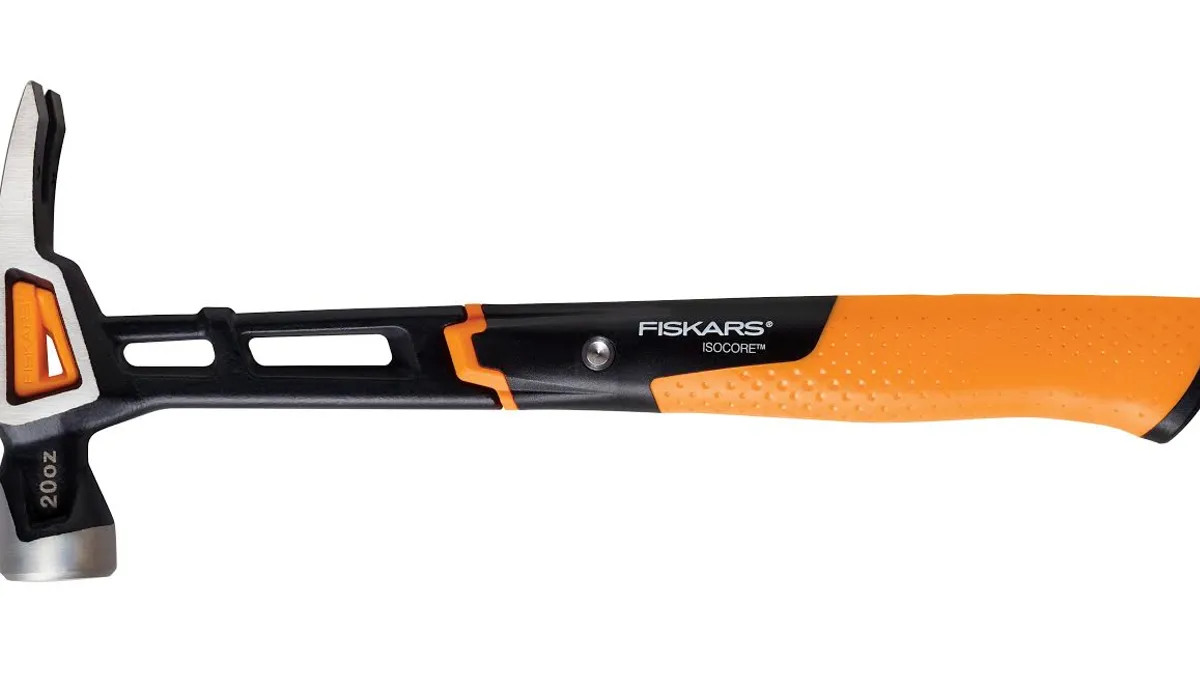Dive Brief:
- Home improvement sales are moving increasingly online, positioning Amazon to take market share in a category largely seen as immune to e-commerce. Home Depot's first quarter e-commerce sales rose 20% this year, while Lowe's said it saw comp sales growth of 20% online in its first quarter or about 5% of sales.
- Amazon has catching up to do in terms of raw sales across all sub-categories in home improvement, but sales of tools and other home improvement items grew 25% last year to $6.1 billion, according to One Click Retail.
- Connected-home and Alexa-enabled devices, especially in security, are key to Amazon's share, but so are tool sales, and tool brands themselves are helping stoke Amazon's growth in the segment, according to a benchmark report emailed to Retail Dive from product experience platform Salsify. In the first quarter, Amazon had 93% market share in home improvement tool sales, according to a report from Jumpshot also emailed to Retail Dive.
Dive Insight:
For a while there, home improvement seemed to be a retail segment sheltered from the Amazon effect, largely because of the two big retailers' level of sales to building professionals, their in-store expertise when DIY customers embarked on home projects and the spontaneous nature of some of the work — weekend weather is nice, or a homeowner needs a new drill when the old one breaks down.
That customer service is protective, especially to Home Depot, according to GlobalData Retail Managing Director Neil Saunders. Home Depot benefits from being a destination for home improvement projects in all stages from planning through final touches and from its locations, he said, while Lowe's draws in more impulse shoppers. That difference hurts Lowe's when weather drives a decline in demand, Saunders said.
But many home improvement items — from bathtubs to tools — are now available at Amazon, and tool brands in particular are vying for market share on its marketplace. Brands that provide more information, including all technical specifications, a variety of images and, especially at higher price points, good reviews are grabbing sales, according to Salsify's report.
As Amazon grows in the space — it helped itself in February with the acquisition of smart doorbell startup Ring — the legacy retailers are also facing some challenges that could make customers more sensitive to price, something that tends to send many consumers to Amazon. Home sales have slowed of late, for example, and labor costs are rising. "Home Improvement's profit growth momentum appears to be slowing, due to higher costs in labor, increased investment back into the business, and greater price sensitivity as customers focus on value," Moody's Investors Service analysts wrote in comments emailed to Retail Dive.
Amazon remains a small player, although its marketplace gives shoppers a range of products that rival the big box players, according to Salsify. Still, Home Depot's $24.9 billion in sales in the first quarter alone vastly outpaces Amazon's $6 billion take in the segment for all of last year — and Saunders said that Home Depot isn't feeling the impact of Amazon. Amazon's growth is outpacing everyone in the category, though, and it has a smooth path upward. Analysts predict that traditional home improvement and hardware stores may not be immune to the "Amazon Effect" forever.













